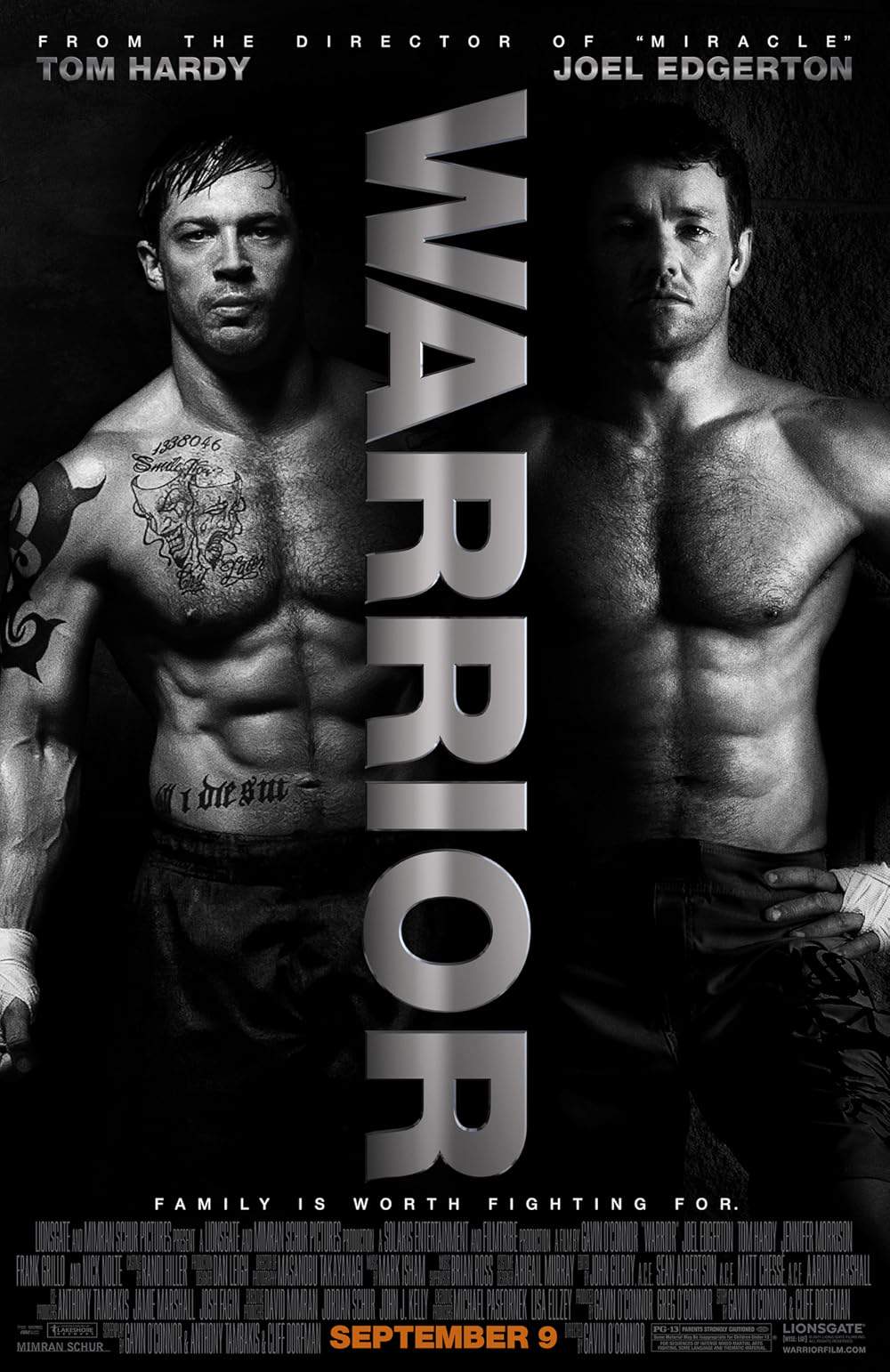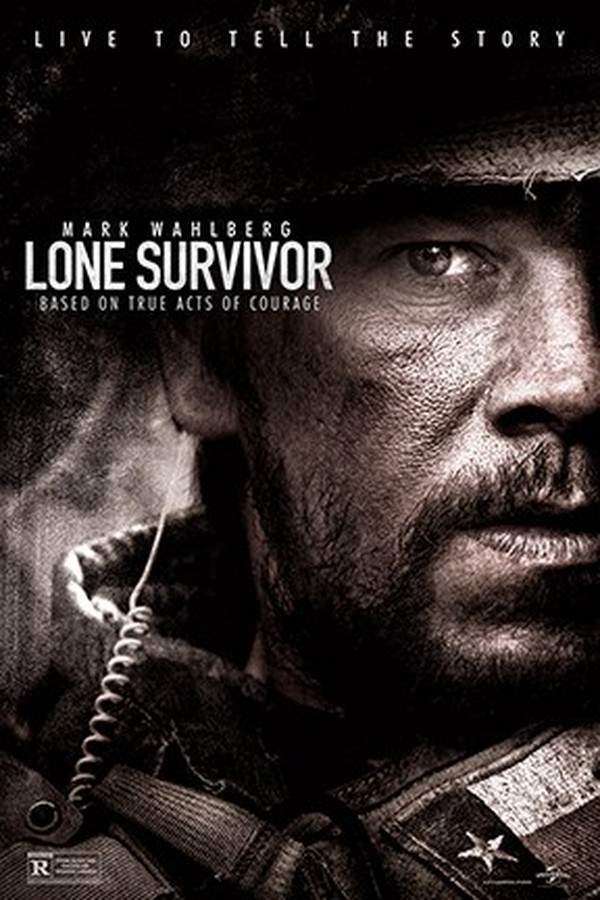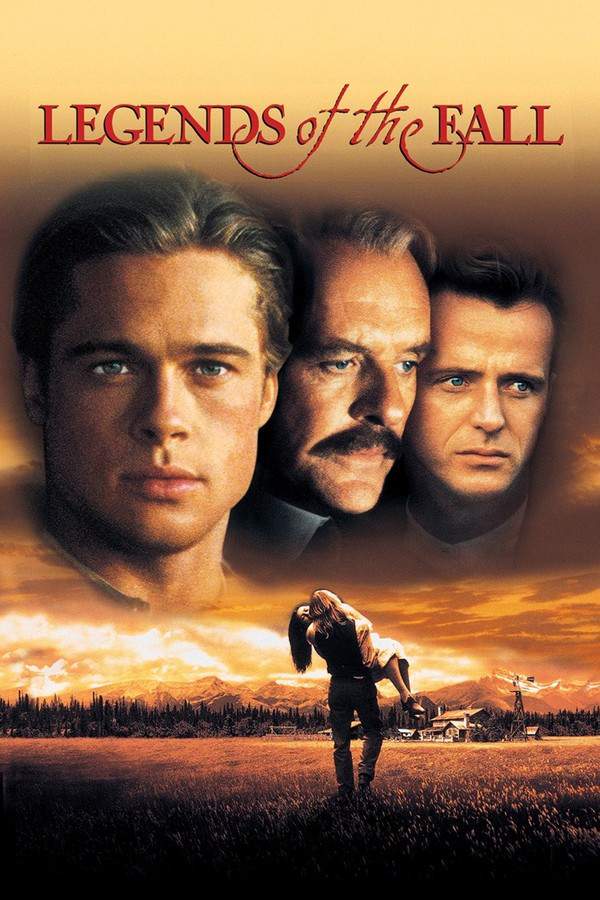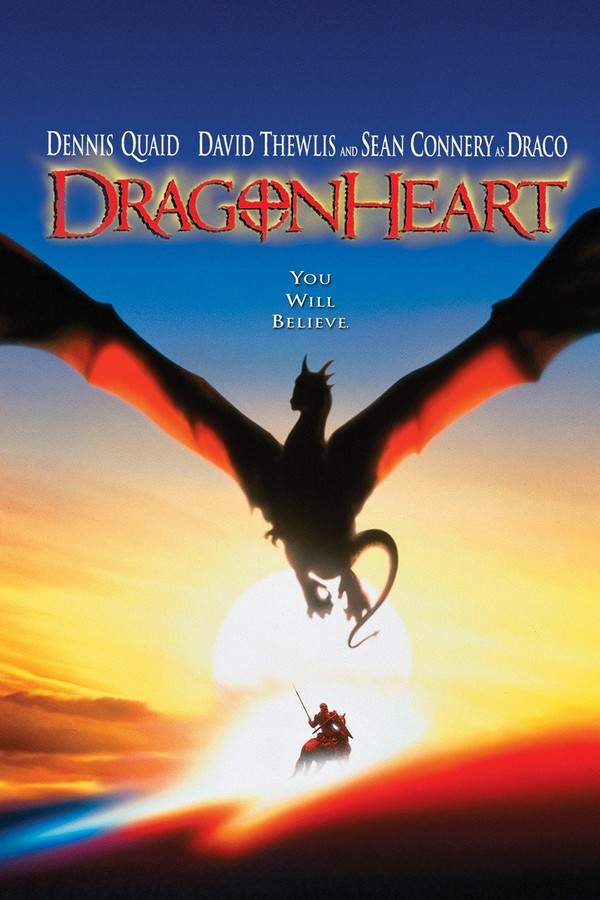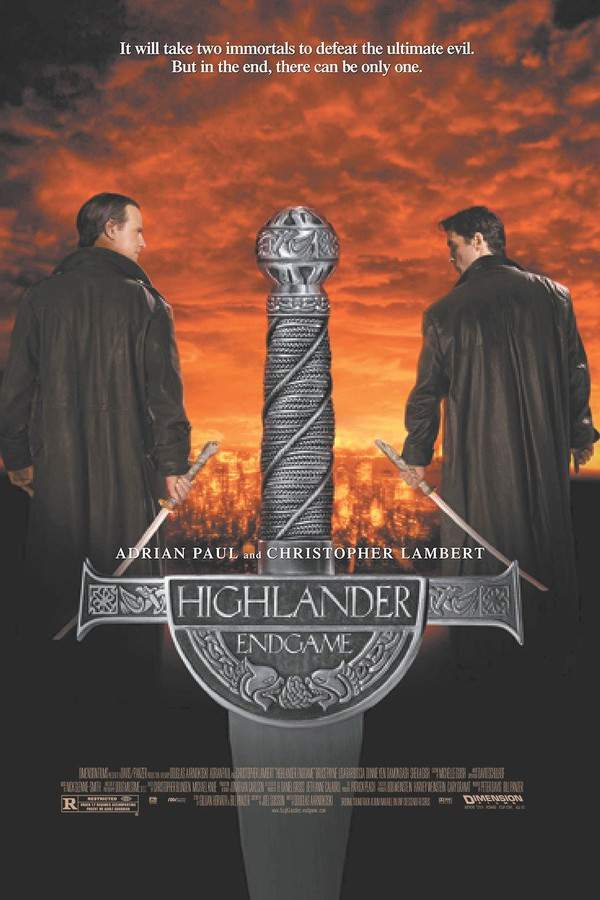
Fighter in the Wind
Year: 2004
Runtime: 121 mins
Language: Korean
Director: Yun-ho Yang
It follows the young Choi Yeung‑Eui, a Korean karate competitor who travels to Japan after World II to train as a fighter pilot, only to find a different path. Renaming himself Masutatsu Oyama, he roams Japan, defeating martial artists and building his Kyokushin karate. The film focuses on his youth, showing rigorous training and the birth of Kyokushin.
Warning: spoilers below!
Haven’t seen Fighter in the Wind yet? This summary contains major spoilers. Bookmark the page, watch the movie, and come back for the full breakdown. If you're ready, scroll on and relive the story!
Fighter in the Wind (2004) – Full Plot Summary & Ending Explained
Read the complete plot breakdown of Fighter in the Wind (2004), including all key story events, major twists, and the ending explained in detail. Discover what really happened—and what it all means.
At the tail-end of World War II, Choi Bae-dal Yang Dong-geun is a young Korean with a single, skyward dream: to fly fighter planes. In a desperate bid to pursue that dream, he stows away to Japan to join their air force, only to meet his first obstacle in a sly con-man who is also a fellow Korean, Chun-bae Jeong Tae-woo. Chun-bae has survived by leaning into petty crime, and the two men, driven by different motives—Bae-dal’s craving for action and Chun-bae’s need to escape hostile gangsters—hide together in a truck bound for the air force training camp.
The camp’s commander, a pompous imperialist named Kato Masaya Katō, mistreats the newcomers but is oddly entertained by Bae-dal’s fighting spirit. He lays down a brutal bargain: if Bae-dal can beat him using his inferior “foreign” Taekkyon style, he will release them. The duel is fierce, and Kato easily defeats Bae-dal, yet an American air strike on the base gives the two Koreans a sudden window to escape.
A later life on the edge of danger unfolds when Bae-dal helps Chun-bae run a pachinko stall in a bustling Japanese market. When gangsters press for protection money, Bae-dal defends Chun-bae but is beaten and humiliated. The turning point comes with the arrival of Bum-soo [Jung Doo-hong], a seasoned martial arts master from his hometown who had also emigrated to Japan. Bum-soo invites Bae-dal back to the circus where many Korean immigrants work, and, after some persuasion, agrees to teach him more sophisticated techniques.
Back on the streets, Bae-dal works as a rickshaw driver, honing his craft by defending Japanese women from the advances of American servicemen. Among the women he protects is the striking Yoko [Aya Hirayama], with whom he forms a deep bond as their romance blossoms.
Tragedy strikes when Bum-soo is killed by local gangsters, leaving the Korean community vowing revenge and driving Bae-dal to seek a higher purpose. He returns to the mountains, training relentlessly in a worn karate gi, running through rugged terrain and wielding improvised weights to harden his body and spirit. When he emerges from the mountains, he adopts a Japanese name—Masutatsu Oyama—and sets out to challenge the best fighters Japan has to offer, wearing the rugged gi and a raw, almost primal presence.
Oyama’s ascent quickly becomes a national sensation as he defeats opponents across karate, judo, ninjutsu, aikido, and kobudo—each victory reinforcing his dedication to mastery, not mere bravado. He confides to Yoko that the fear of dying is outweighed by the fear of living as a cripple, a conviction that fuels his willingness to sacrifice anything to win. The growing buzz reaches the head of the Japan Karate Association, the very institution that once dismissed him, and Oyama’s rising star ignites a clash with the organization’s leadership.
When the organization dispatches a challenger to kill Oyama, the supposed hit is thwarted, and Oyama discovers the dead man had a wife and child—a moment that rekindles his sense of responsibility. He seeks to atone by offering to work for the family and to honor the life he took, eventually earning their trust and a renewed purpose.
The climactic confrontation with Kato culminates in a brutal, cinematic showdown in which Oyama defeats Kato’s henchmen with ease, then faces Kato himself. The fight ends with a hard, merciful strike that leaves Kato defeated without a killing blow, signaling Oyama’s controversial blend of power and restraint. In a final, almost mythic image, Oyama battles a bull—grappling with its horns and delivering a bone-shattering chop to its head, sealing his fame and the legend of a man who fused discipline, mercy, and an unyielding will to win.
Last Updated: October 09, 2025 at 16:48
Explore Movie Threads
Discover curated groups of movies connected by mood, themes, and story style. Browse collections built around emotion, atmosphere, and narrative focus to easily find films that match what you feel like watching right now.
Movies about a warrior's solitary path like Fighter in the Wind
Intense stories of physically and mentally grueling journeys toward greatness.If you enjoyed Fighter in the Wind's portrayal of a lone fighter's intense training and pursuit of mastery, you'll find similar stories here. These movies feature protagonists on a grueling, solitary journey of self-discipline and physical endurance, often set against harsh backdrops.
Narrative Summary
The narrative follows a linear ascension arc, where the protagonist faces a series of escalating physical and psychological challenges. The central conflict is often internal—the battle against one's own limitations—as much as it is external. The journey is defined by sacrifice, loneliness, and the relentless pursuit of a goal that transcends mere victory.
Why These Movies?
They are grouped by their shared focus on the visceral, punishing process of becoming a master. The experience is defined by high intensity training sequences, a tone of grim determination, and the heavy emotional weight of a solitary quest. The pacing is steady, methodically building from one challenge to the next.
Bittersweet stories of legendary figures like Fighter in the Wind
Achieving legendary status comes with profound personal loss and sacrifice.For viewers who liked the bittersweet ending of Fighter in the Wind, this collection features movies about figures who achieve greatness at a heavy price. These films explore the complex legacy of legends, where triumph is intertwined with themes of sacrifice, loss, and the isolating nature of power.
Narrative Summary
The plot follows a rise-to-power structure, but the climax and resolution emphasize the hollow or costly aspects of the victory. The narrative often includes the loss of mentors, severed personal connections, or a confrontation with the violence inherent in their path. The ending acknowledges the achievement but lingers on the scars it created.
Why These Movies?
They share a specific emotional mix: the catharsis of triumph is tempered by a palpable sense of loss and melancholy. The tone is heavy and often tense, leading to an ending that is more contemplative than purely celebratory. The emotional weight is a defining feature, making the success feel earned and human.
Unlock the Full Story of Fighter in the Wind
Don't stop at just watching — explore Fighter in the Wind in full detail. From the complete plot summary and scene-by-scene timeline to character breakdowns, thematic analysis, and a deep dive into the ending — every page helps you truly understand what Fighter in the Wind is all about. Plus, discover what's next after the movie.
Fighter in the Wind Timeline
Track the full timeline of Fighter in the Wind with every major event arranged chronologically. Perfect for decoding non-linear storytelling, flashbacks, or parallel narratives with a clear scene-by-scene breakdown.

Characters, Settings & Themes in Fighter in the Wind
Discover the characters, locations, and core themes that shape Fighter in the Wind. Get insights into symbolic elements, setting significance, and deeper narrative meaning — ideal for thematic analysis and movie breakdowns.

Fighter in the Wind Spoiler-Free Summary
Get a quick, spoiler-free overview of Fighter in the Wind that covers the main plot points and key details without revealing any major twists or spoilers. Perfect for those who want to know what to expect before diving in.

More About Fighter in the Wind
Visit What's After the Movie to explore more about Fighter in the Wind: box office results, cast and crew info, production details, post-credit scenes, and external links — all in one place for movie fans and researchers.



